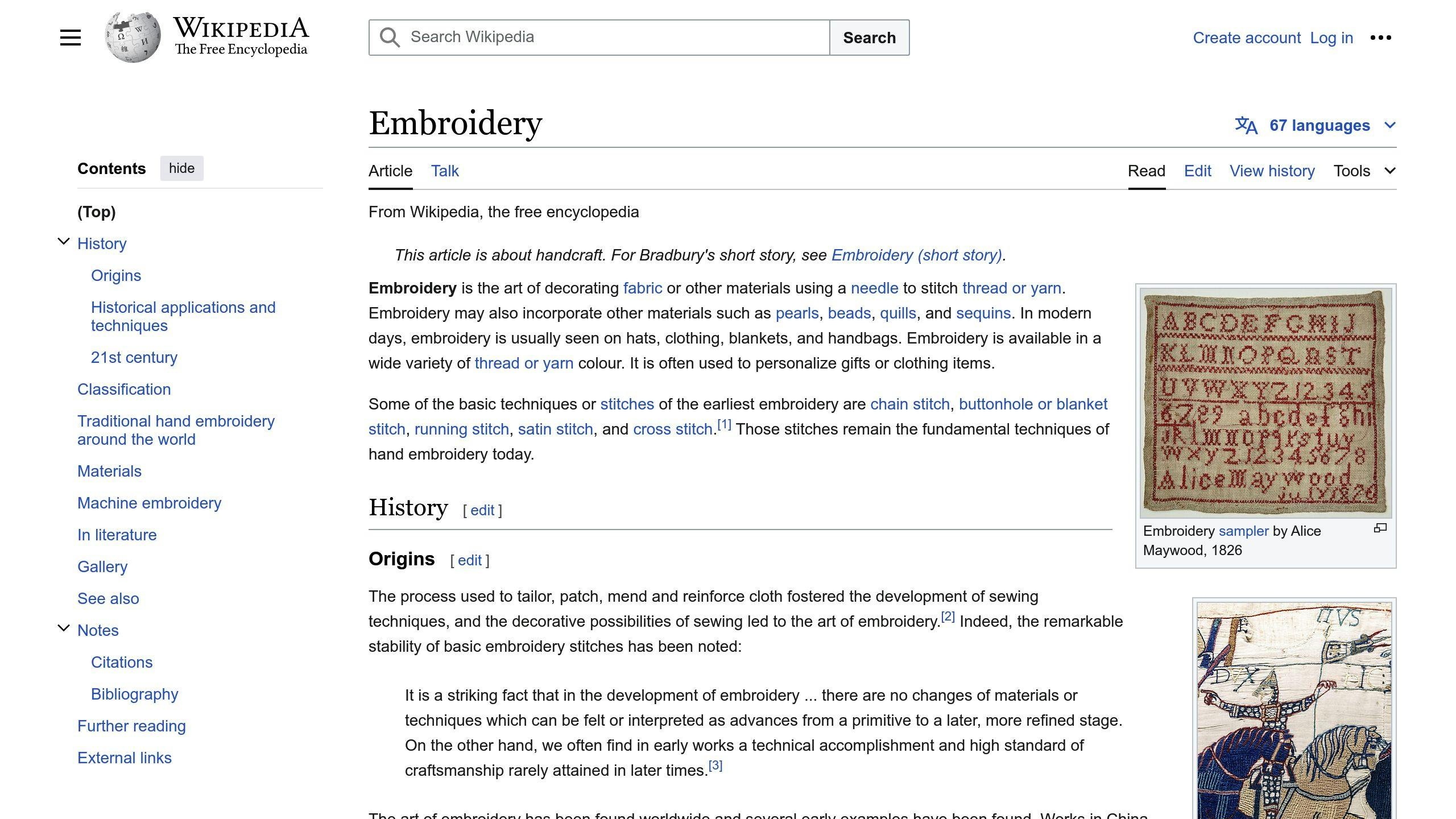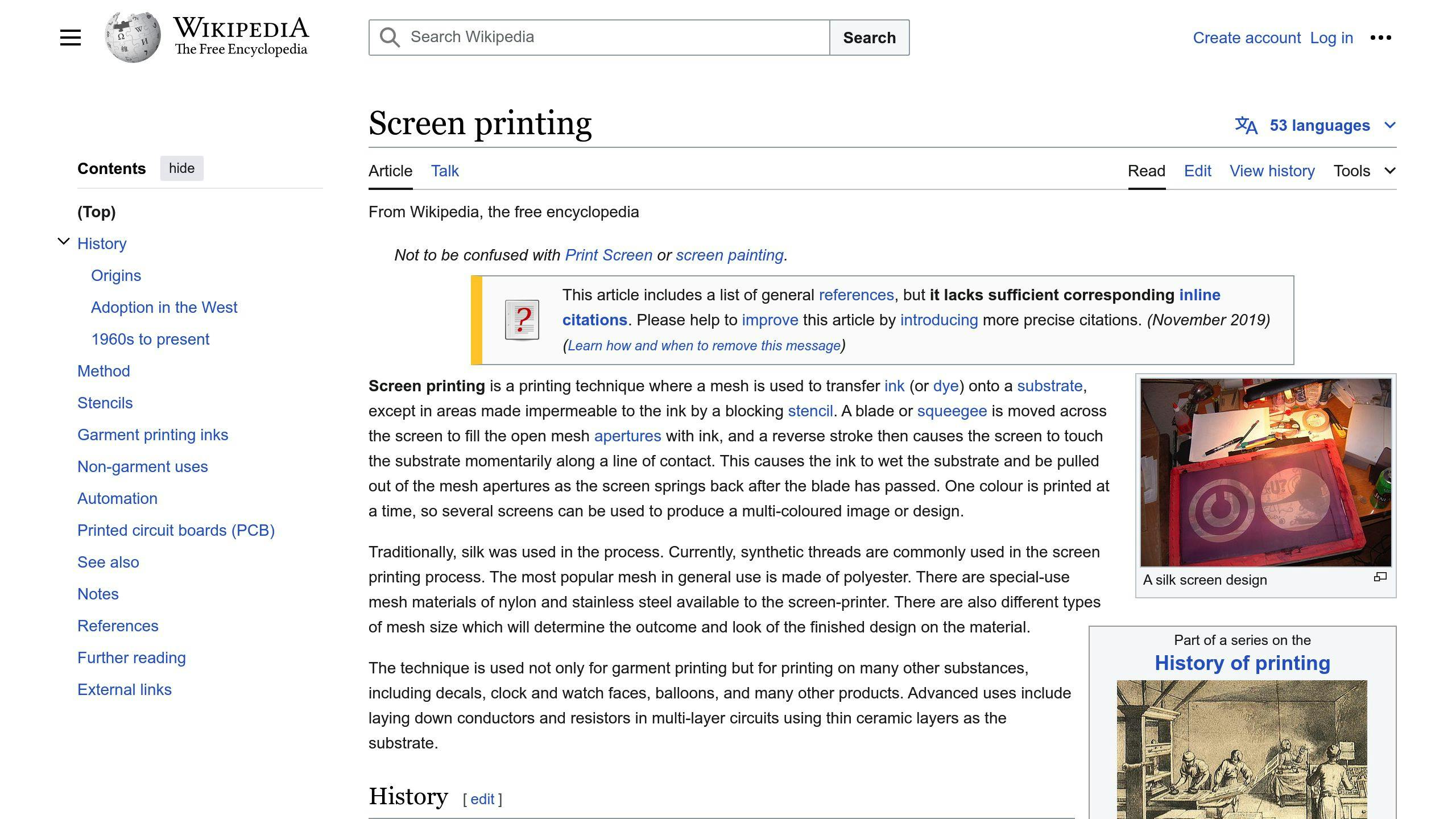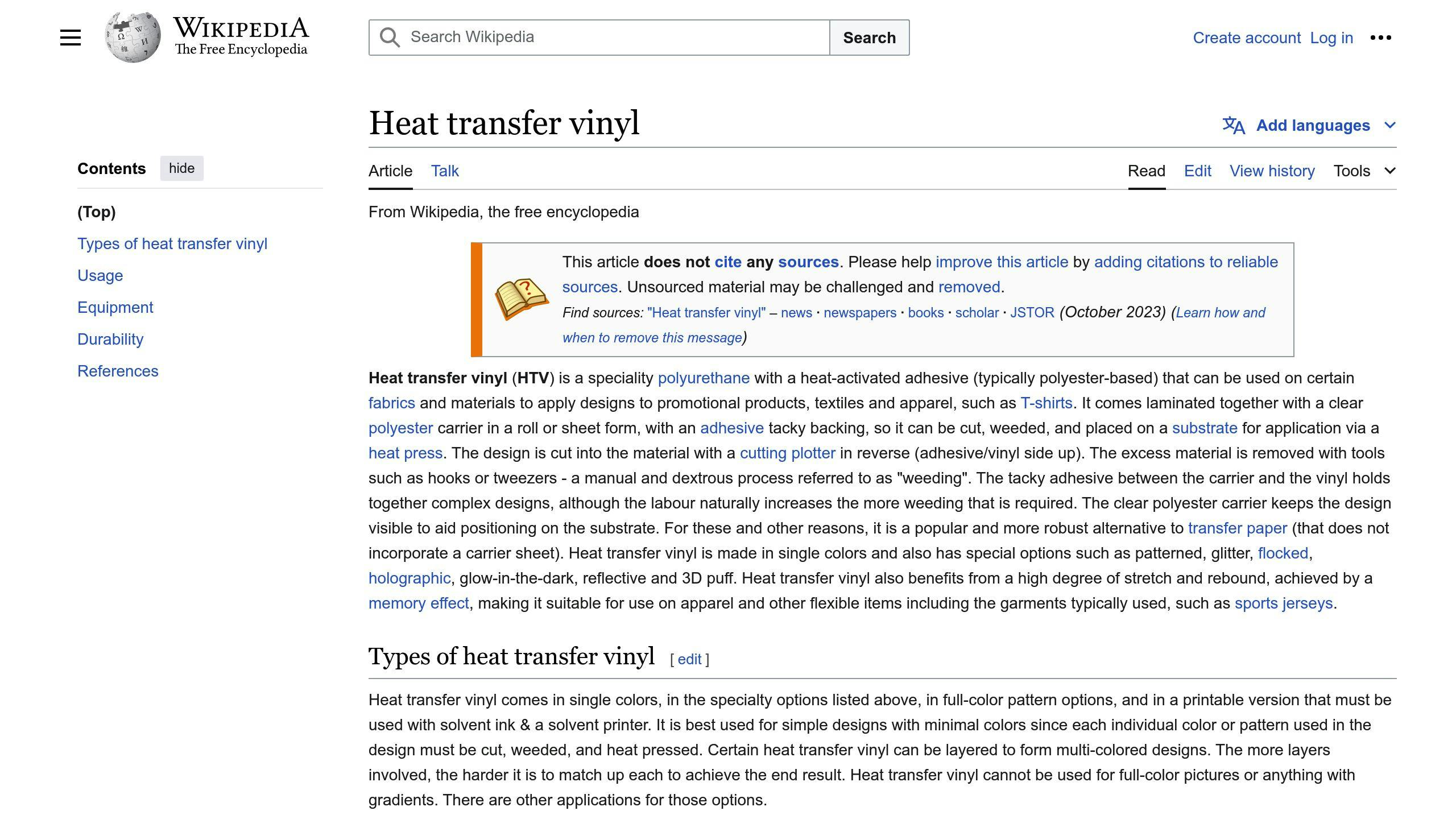
Custom Athletic Teamwear: Guide to Uniforms, Apparel 2024
Custom athletic teamwear helps build team unity, brand identity, and a professional image. This guide covers the entire process of creating custom uniforms and apparel, from planning and design to fabric selection, customization methods, apparel options, ordering, care, and industry trends.
Key Points:
- Define your team's identity through colors, logos, and design elements that reflect its values and personality
- Choose fabrics like polyester, microfiber, and spandex based on durability, breathability, moisture-wicking, and stretch needs
- Customize with embroidery, screen printing, sublimation, or heat transfer for logos, graphics, and personalization
- Select apparel options like uniforms, training wear, and accessories to meet performance and branding goals
- Partner with reputable manufacturers, plan for production timelines, and implement quality control measures
- Follow proper care instructions for washing, storage, and extending the lifespan of your custom teamwear
- Stay ahead with trends like smart fabrics, sustainability practices, and inclusive design for all body types
Quick Comparison: Fabric Options
| Fabric | Pros | Cons | Ideal Use Cases |
|---|---|---|---|
| Polyester | Durable, easy care, quick drying | Can lack breathability | General sports, team uniforms |
| Microfiber | Lightweight, absorbent, quick drying | Less durable | Training apparel |
| Spandex | Stretchy, supportive | Can feel sticky in humid weather | Compression wear |
| Bamboo Fiber | Soft, absorbent, antimicrobial | Less durable | Eco-friendly options |
| Nylon | Durable, quick drying | Can get sticky in humid weather | Outerwear, rain gear |
Quick Comparison: Customization Methods
| Technique | Advantages | Disadvantages | Recommended Applications |
|---|---|---|---|
| Embroidery | Durable, high-quality, professional | Higher cost, simpler designs | Hats, jackets, polos |
| Screen Printing | Cost-effective, good for large orders | Can crack or peel over time | T-shirts, hoodies, uniforms |
| Sublimation | Full-color, permanent, breathable | Higher initial setup cost | Jerseys, performance fabrics |
| Heat Transfer | Great for customization, easy to apply | Less durable over time | Names, numbers on jerseys |
By investing in custom teamwear, you can inspire your athletes, engage your fans, and leave a lasting legacy. Embrace custom athletic apparel and watch your team reach new heights.
Related video from YouTube
Planning and Design
Defining Team Identity
Start by defining your team's identity. Your team's colors, logos, and other visual elements should reflect its values, history, and personality. Use symbols, patterns, or motifs that resonate with your team's culture or region. This will create a strong sense of unity and pride among team members.
Choosing Colors and Logos
The colors and logos you choose will represent your team, so choose wisely. Colors can evoke specific emotions. For example:
- Red: Passion and intensity
- Blue: Calmness and stability
Your logo should be memorable and scalable for use across various apparel and accessories.
Functional Design
While looks are important, functionality should come first. Ensure your designs include features that improve performance and comfort. Consider:
- Moisture-wicking fabrics
- Mesh panels for ventilation
- Ergonomic cuts for full range of motion
Team Input
Involve your team members in the design process. Gather their feedback and ideas to create a design that everyone likes. Consider hosting a workshop or brainstorming session where players can share their thoughts on color schemes, logos, and design elements. This approach will make everyone feel involved and proud of the final product.
Design Resources
If you don't have in-house design skills, consider hiring a professional sports apparel designer or using online design tools. Many custom teamwear manufacturers offer design services or templates to guide you. You can also use crowdsourcing platforms or freelance designers to bring your vision to life.
Fabric Selection
Athletic Fabric Options
When picking fabrics for custom athletic teamwear, consider these options:
- Polyester: Durable, easy to care for, and quick-drying. Great for general sports and team uniforms.
- Microfiber: Lightweight, absorbent, and quick-drying. Ideal for training apparel.
- Spandex (Elastane): Stretchy and supportive. Commonly used for compression wear.
- Bamboo Fiber: Soft, absorbent, and antimicrobial. Perfect for eco-friendly athletic wear.
- Nylon: Durable and quick-drying. Often used in outerwear and rain gear.
Fabric Considerations
When choosing fabrics, keep these factors in mind:
- Durability: Fabrics should withstand frequent use and washing.
- Breathability: Allows air circulation to prevent overheating.
- Moisture-Wicking: Transports moisture away from the body to keep the wearer dry.
- Stretch and Flexibility: Ensures freedom of movement without restricting the athlete.
Eco-Friendly Fabrics
For those looking for sustainable options:
- Recycled Polyester: Made from post-consumer plastic bottles, reducing waste.
- Organic Cotton: Grown without harmful pesticides, soft, breathable, and hypoallergenic.
- Bamboo Fiber: Renewable resource with natural anti-bacterial and moisture-wicking properties.
Fabric Comparison Table
| Fabric | Pros | Cons | Ideal Use Cases |
|---|---|---|---|
| Polyester | Durable, easy care, quick drying | Can lack breathability | General sports, team uniforms |
| Microfiber | Lightweight, absorbent, quick drying | Less durable | Training apparel |
| Spandex | Stretchy, supportive | Can feel sticky in humid weather | Compression wear |
| Bamboo Fiber | Soft, absorbent, antimicrobial | Less durable | Eco-friendly options |
| Nylon | Durable, quick drying | Can get sticky in humid weather | Outerwear, rain gear |
Customization Methods
Embroidery

Embroidery involves stitching thread directly onto the fabric, creating a raised, textured design. It's durable and looks professional, making it great for logos, team names, and text on hats, jackets, and polos. The stitching holds up well to frequent wear and washing.
Screen Printing

Screen printing uses ink pushed through a mesh screen with a stenciled pattern. It's versatile and cost-effective, ideal for intricate, multi-colored designs on t-shirts, hoodies, and uniforms. This method offers vibrant colors and is suitable for large orders.
Sublimation Printing

Sublimation printing infuses dye into fabric fibers using heat, resulting in a permanent, breathable print that won't crack or peel. It's perfect for creating vibrant jerseys, compression wear, and performance apparel with detailed graphics and patterns.
Heat Transfer

Heat transfer applies a pre-printed design onto fabric using a heat press. It's commonly used for personalizing jerseys with names and numbers. While cost-effective for adding individual details, the designs may not be as durable over time.
Customization Comparison
| Technique | Advantages | Disadvantages | Recommended Applications |
|---|---|---|---|
| Embroidery | Durable, high-quality, professional | Higher cost, simpler designs | Hats, jackets, polos |
| Screen Printing | Cost-effective, good for large orders | Can crack or peel over time | T-shirts, hoodies, uniforms |
| Sublimation | Full-color, permanent, breathable | Higher initial setup cost | Jerseys, performance fabrics |
| Heat Transfer | Great for customization, easy to apply | Less durable over time | Names, numbers on jerseys |
sbb-itb-6f489d9
Apparel Options
Sport Uniforms
Custom uniforms are key for team sports like basketball, soccer, and baseball. Popular choices include moisture-wicking jerseys with sublimated graphics and team logos. Basketball uniforms often have reversible designs, while baseball and softball uniforms feature button-down tops with contrasting sleeves. Soccer kits include matching jerseys, shorts, and socks.
Training Apparel
For practices and workouts, custom training apparel is essential. Hoodies and sweatpants made from breathable fabrics like polyester or cotton blends are versatile. Long-sleeve dri-fit shirts and compression tights offer support and temperature control. Customize these items with team branding using screen printing or embroidery.
Accessories
Complete the team look with custom accessories like hats, bags, and water bottles. Embroidered caps and visors protect players from the sun, while drawstring bags and backpacks store gear. Branded water bottles encourage hydration. Other accessories include wristbands, headbands, and socks featuring team colors and logos.
Customization Options
| Technique | Advantages | Disadvantages | Recommended Applications |
|---|---|---|---|
| Embroidery | Durable, high-quality, professional | Higher cost, simpler designs | Hats, jackets, polos |
| Screen Printing | Cost-effective, good for large orders | Can crack or peel over time | T-shirts, hoodies, uniforms |
| Sublimation | Full-color, permanent, breathable | Higher initial setup cost | Jerseys, performance fabrics |
| Heat Transfer | Great for customization, easy to apply | Less durable over time | Names, numbers on jerseys |
Ordering and Production
Manufacturers and Suppliers
Choosing the right manufacturer or supplier is key when ordering custom athletic teamwear. Look for companies with a good track record in making high-quality team apparel and providing excellent customer service. Local suppliers can offer faster delivery and easier communication, while larger national or international manufacturers might provide more customization options and bulk discounts.
Order Quantities and Pricing
The cost of custom teamwear depends on the order size, customization level, and materials used. Many suppliers offer tiered pricing, meaning the more you order, the lower the cost per item. Be sure to consider any setup fees or extra charges for customization like embroidery or sublimation printing. Getting quotes from multiple vendors can help you find the best deal.
Production Timelines
Plan ahead to ensure your custom teamwear arrives on time. Production timelines can vary from a few weeks to several months, depending on the complexity of the order and the manufacturer's schedule. Discuss lead times upfront and include a buffer for any potential delays.
Quality Control
To maintain consistent quality and branding, work closely with the manufacturer during production. Request samples or prototypes for approval before full production starts. Set clear guidelines for acceptable defects or variations, and have a plan for addressing any issues. Regular communication and quality checks can help keep standards high.
Care and Maintenance
Proper care and maintenance are key to extending the life of your custom athletic teamwear. Follow these guidelines to keep your uniforms and apparel in top shape.
Washing Instructions
Always check the garment's care label for specific washing instructions. Generally:
- Fabric Type: Use a cold or warm water cycle for synthetic fabrics like polyester. For cotton or cotton blends, a warm or hot water cycle is recommended.
- Detergent: Use a mild detergent without bleach or fabric softeners, which can damage technical fabrics.
- Pre-Treatment: Pretreat any stains with a stain remover before washing.
- Drying: Air drying is best to prevent shrinkage and preserve fabric performance. If using a dryer, choose a low or permanent press setting.
Extending Lifespan
To maximize the life of your custom teamwear:
- Wash Promptly: Don't let sweat and dirt sit too long, as they can set stains and degrade fabrics.
- Separate Lights and Darks: Wash light and dark colors separately to prevent color transfer.
- Avoid Fabric Softeners: These can coat technical fabrics and reduce moisture-wicking and breathability.
- Check for Damage: Inspect garments regularly for tears, loose threads, or other issues that need repair.
- Rotate Uniforms: Don't wear the same uniform for every practice or game to allow for proper drying and rest between uses.
Storage and Organization
Proper storage is key to keeping your teamwear in top condition:
- Cool, Dry Location: Store uniforms in a cool, dry place away from direct sunlight, which can cause fading.
- Hanging or Folding: Hang or fold uniforms neatly to avoid wrinkles and creases.
- Breathable Containers: Use breathable garment bags or containers to allow airflow and prevent mildew.
- Labeling System: Implement a labeling system to easily identify and organize uniforms by team, player, or size.
- Regular Inspections: Check stored uniforms periodically for signs of damage or wear.
Industry Trends
Emerging Technologies
The custom athletic teamwear industry is using new technologies to improve performance and comfort. One trend is smart fabrics with sensors that track vital signs like heart rate and body temperature. This data helps coaches make better training decisions.
Another development is 3D body scanning. This technology creates accurate digital models of athletes' bodies, allowing for custom-fit apparel. 3D printing is also used to make personalized protective gear like shin guards and helmets.
Sustainability Practices
The industry is focusing on eco-friendly materials and methods. Brands are using recycled polyester and organic cotton to reduce their impact. They are also finding ways to cut waste and use less water in production.
| Eco-Friendly Material | Benefits |
|---|---|
| Recycled Polyester | Made from recycled plastic bottles, reducing waste and energy use. |
| Organic Cotton | Grown without harmful chemicals, promoting sustainable farming. |
| Bamboo Fabric | Renewable and biodegradable, with good moisture-wicking properties. |
| Tencel | Made from wood pulp, sustainable and breathable. |
Inclusive Design
Brands are making teamwear for all body types and abilities. Adaptive sportswear is designed for athletes with disabilities, featuring magnetic closures and adjustable openings. Many brands are also offering a wider range of sizes to fit everyone comfortably. This trend helps more people participate in sports.
Conclusion
Key Takeaways
- Custom athletic teamwear helps build team unity, brand identity, and a professional image.
- Planning and design are crucial to create uniforms that reflect your team's identity and meet performance needs.
- Fabric choices, customization methods, and apparel options allow you to tailor teamwear to your needs.
- Trends like sustainability, inclusivity, and new technologies are shaping the future of teamwear.
Final Recommendations
- Involve team members in the design process to consider their input.
- Choose durable, high-quality fabrics that meet your sport's demands and prioritize comfort.
- Consider eco-friendly options to reduce environmental impact.
- Partner with reputable manufacturers for timely delivery and quality control.
- Set clear care and maintenance guidelines to extend the lifespan of your teamwear.
Embrace Custom Teamwear
Custom athletic teamwear is more than just a uniform; it builds team spirit, a sense of belonging, and creates a lasting impression. By investing in custom apparel, you can inspire your athletes, engage your fans, and leave a lasting legacy. Invest in custom teamwear and watch your team reach new heights.